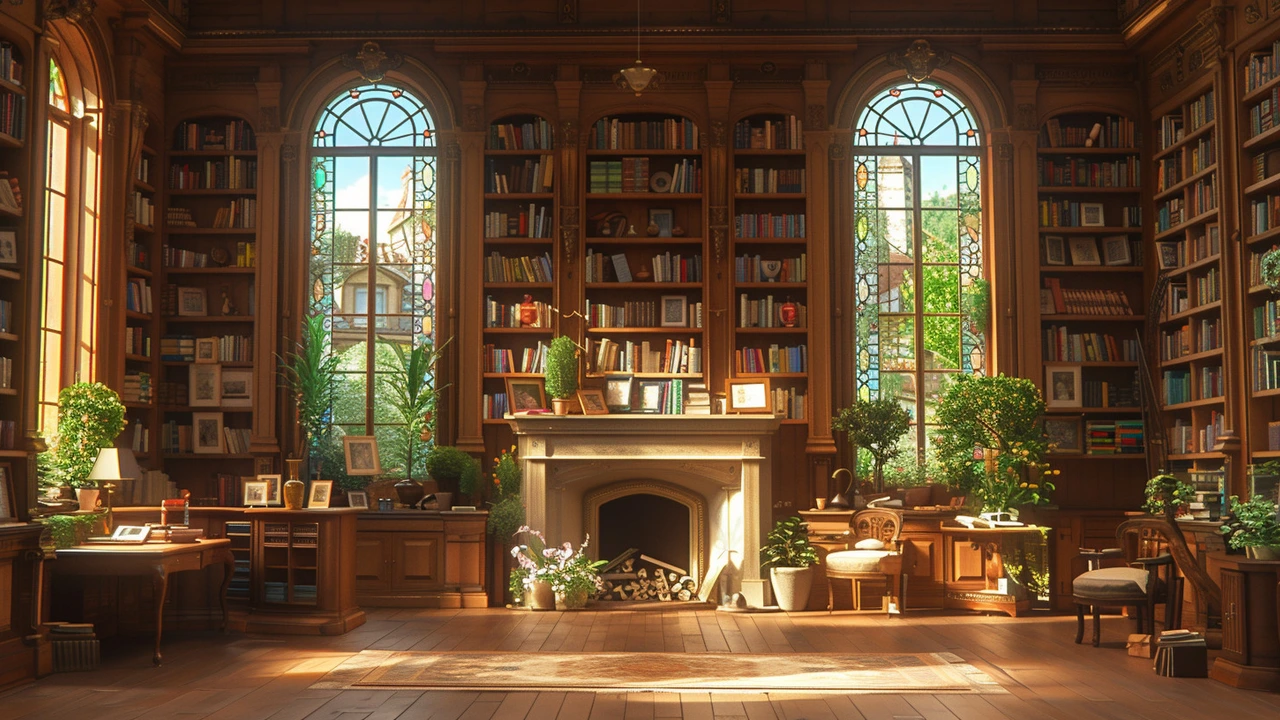Hey there! In this post, we are about to unlock the essence of the American Craftsman style; a testament to enduring style indeed. From its historical roots to its distinct design attributes, this write-up encompasses the whole nine yards of this architectural style. Prepare to be enthralled by the timeless charm of the Craftsman style and its role in shaping American architecture. This is a curated treat for all architecture enthusiasts keen on appreciating the timeless beauty of enduring designs. Take a tour, shall we?
Enduring designs: Classic architectural styles that still matter
Some buildings feel timeless the moment you see them. Why? Because certain shapes, materials, and ideas keep working across centuries. This page pulls together styles—from Greek Revival and Beaux‑Arts to Bauhaus, Mid‑Century Modern, and Neo‑Futurism—and explains the simple reasons they endure and how you can use their strengths today.
Why these styles endure
Three clear things keep designs alive: clarity of form, honest materials, and adaptability. Look at Greek Revival: strong columns and simple proportions read clearly at any scale. Ancient Roman architecture used arches and concrete—structural ideas that solved real problems and were easy to repeat. Bauhaus focused on function and clean shapes, which plug right into modern life. When a style solves a practical need while also delivering visual order, it lasts.
Many enduring styles balance craft and repeatability. Beaux‑Arts gives public buildings a clear axis and dramatic entrance; Mid‑Century Modern keeps human scale and simple materials; High‑Tech celebrates exposed structure so buildings can be repaired or upgraded easily. That mix of beauty and usefulness is the secret sauce.
How to use enduring features today
Want a timeless look without copying the past? Pick one strong idea and run with it. A few practical tips:
- Choose a defining element. Columns or a strong cornice for a classical feel; exposed steel and glass for a modern vibe; wide eaves and terracotta tiles for Mediterranean warmth.
- Respect proportion. Symmetry and balanced openings make facades feel calm. Even modern façades benefit from measured spacing and scale.
- Use honest materials. Brick, stone, wood, concrete and steel age well when detailed properly. Avoid cheap veneers that show wear fast.
- Blend ornament with function. Decorative brackets can also support eaves; a colonnade can shade windows. Let beauty serve a purpose.
- Plan for change. Design systems—modular layouts, exposed conduits, adaptable rooms—so the building can evolve without losing its look.
Restoring or renovating older buildings? Keep original features where they work. Patch matching materials, document changes, and make modern systems reversible when possible. For big upgrades, hide new tech thoughtfully so the historic character stays readable.
Want a quick checklist for spotting enduring design in the street? Look for clear structure (arches, columns, frames), consistent proportions, quality materials, and details that do double duty (beauty + function). When those elements line up, a building will likely keep looking good and working well for decades.
Enduring design isn't about copying the past; it's about using proven ideas—proportion, material honesty, and adaptability—in ways that fit today's life. Try borrowing one concept and adapting it to your site. You’ll get a design that feels both familiar and fresh.

